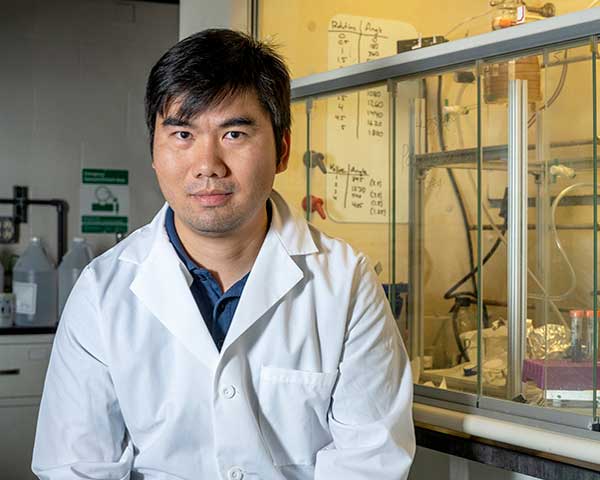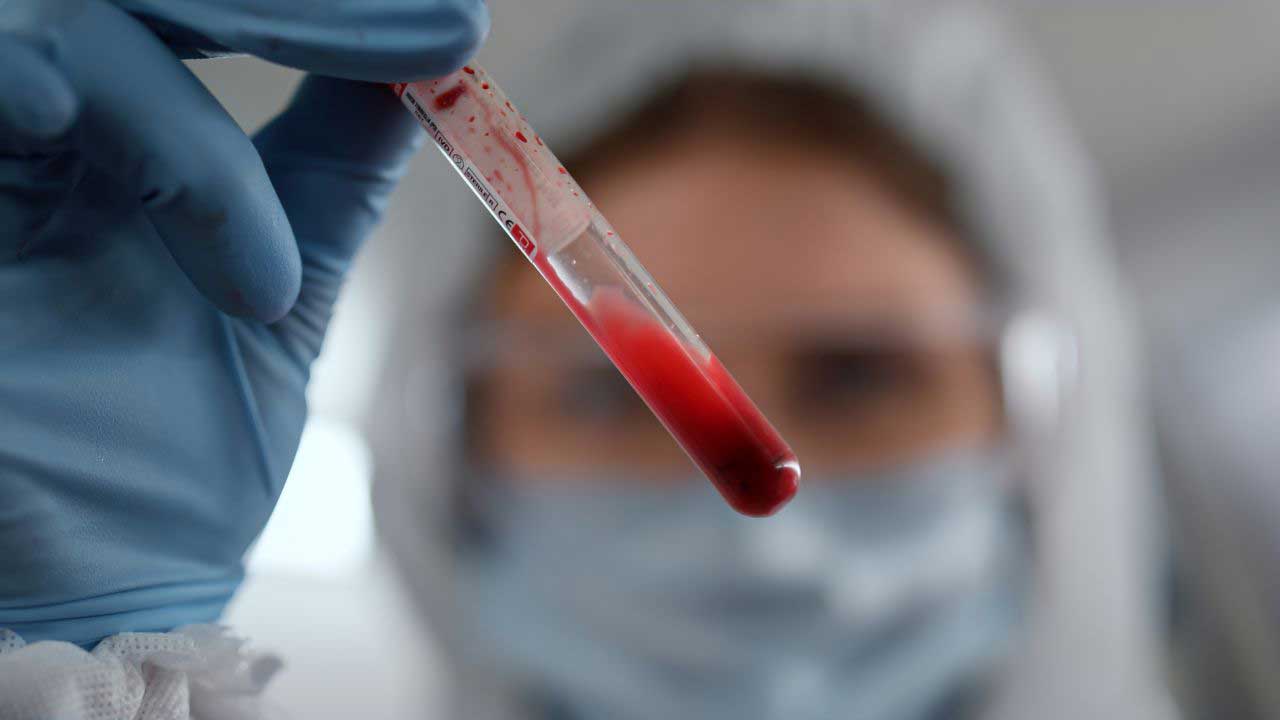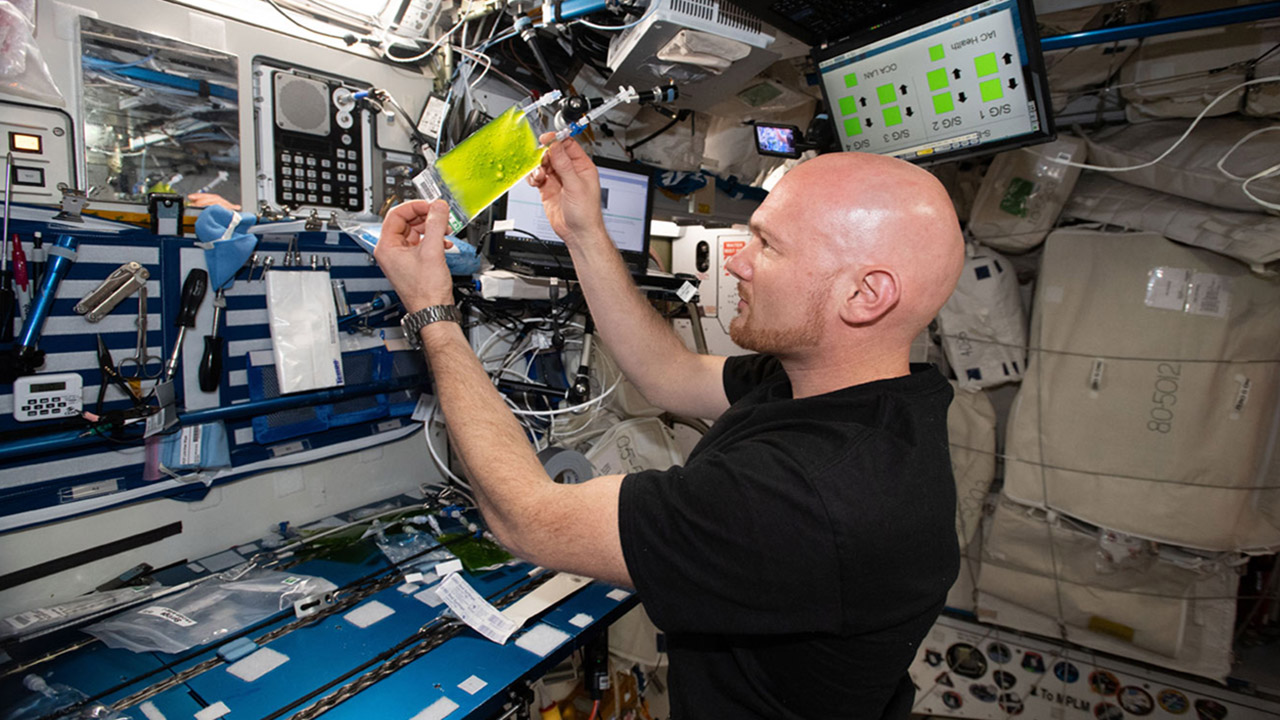Case Study
Higher-Sensitivity Biosensors
ISSInternational Space Station Research Could Improve Biosensors for Early Cancer Detection
ISS National Lab Opportunity
MicrogravityThe condition of perceived weightlessness created when an object is in free fall, for example when an object is in orbital motion. Microgravity alters many observable phenomena within the physical and life sciences, allowing scientists to study things in ways not possible on Earth. The International Space Station provides access to a persistent microgravity environment. could improve biosensor sensitivity by changing how bubbles behave in fluids.
Researchers at the University of Notre Dame are developing technology that uses bubbles to concentrate and extract extremely small amounts of substances from liquid. The biosensing technology could be used to detect cancer biomarkers in blood samples or minute traces of pollutants in water. The absence of gravity-induced forces extends the lifespan of bubbles, creating a more stable interface for capturing tiny particles. Research on the ISS could shed light on the mechanisms behind improved bubble growth in space.
Industries:
Biotechnology, Environmental Science, Medical diagnostics
Strategic Focus Area:
Fundamental Science
Research Area:
Biosensing, Physics
Institution:
University of Notre Dame
IMPACTFUL OUTCOME
Research on the ISS found that bubbles form up to twice as fast and grow much larger in microgravity than on Earth.
These larger, longer-lasting bubbles can collect more nanoparticles—such as cancer biomarkers—on their surfaces, making them easier to isolate and analyze. The findings, published in Nature Microgravity, demonstrate how space-based experiments can significantly boost the sensitivity of biosensors. This breakthrough could pave the way for earlier cancer detection and more precise environmental monitoring through enhanced particle detection in liquid samples.

INVESTIGATOR
Tengfei Luo
Dorini Family Professor of Aerospace and Mechanical Engineering, University of Notre Dame

University of Notre Dame
If cancer screening using our bubble technology in space is democratized and made inexpensive, many more cancers can be screened, and everyone can benefit. It sounds far-fetched, but it’s achievable.
– Tengfei Luo, University of Notre Dame

APPLICATION
This research helps advance ultra-sensitive diagnostic tools for health monitoring.
Findings from this research could lead to space-enabled diagnostics that use a blood sample to identify cancer in asymptomatic stages. The same approach could also be used to detect nanoplastics in ocean samples. These pollutants, which are as small as one nanometer, are otherwise hard to collect. The research team’s vision is to screen thousands of samples in orbit using commercial spacecraft. Results could enable new biosensing technologies that surpass Earth-based detection limits and inform Earth-based technologies that benefit public health, ocean conservation, and astronaut well-being.
Note: This content is abridged from an article originally published in Upward,
the official magazine of the ISS National Lab.


